Two weeks ago I attended the California Mathematics Council Math Conference in Palm Springs. The CMC holds two conferences a year, one in Asilomar (Northern California) and one in Palm Springs. With hundreds of sessions to choose from, it is always an exciting event. The two-day event this year was Friday November 15 – Saturday November 16, two weeks later than it is typically held.
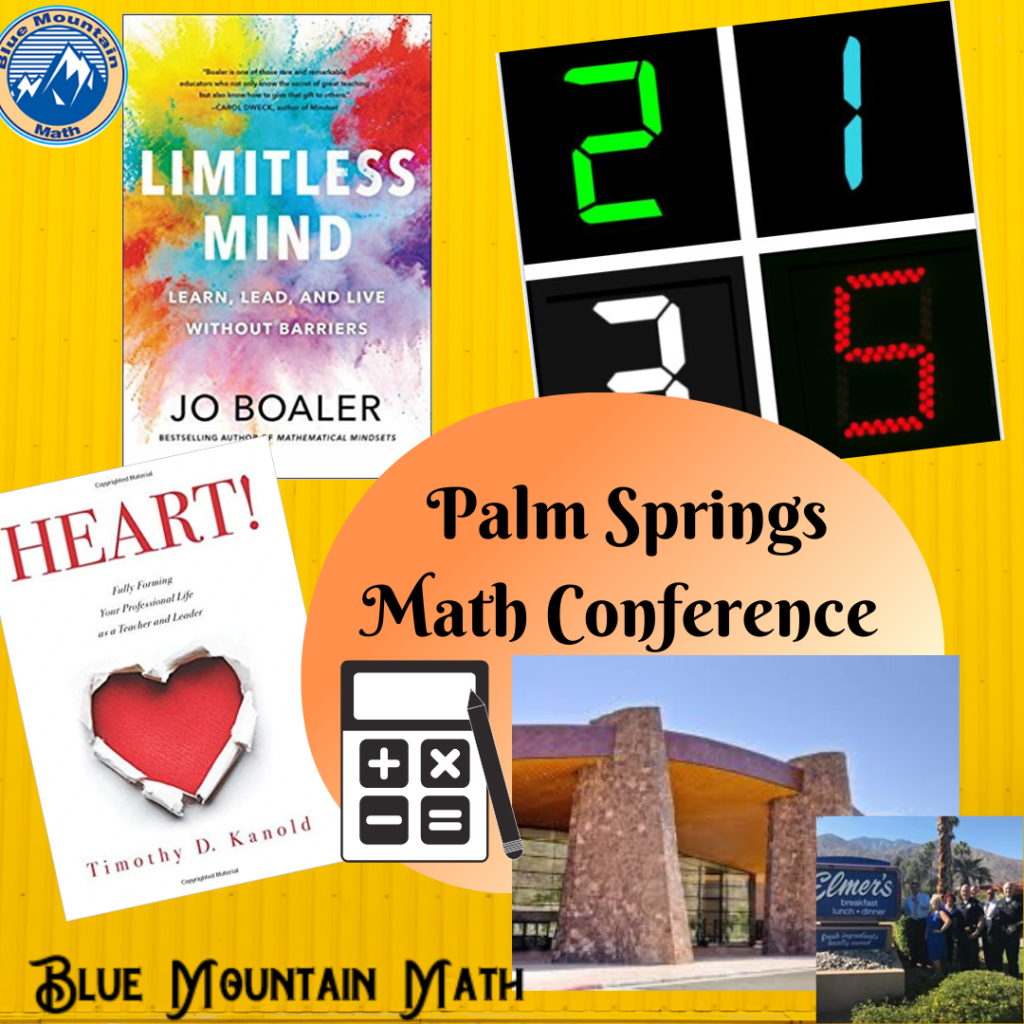
Passive to Active Classroom
Sherrina Clark and Tonya Parham had an interesting session on using what they called VNPS or Vertical Non-Permanent Surfaces. OK, I admit it, they got me with the acronym. The VNPS are actually easel paper which can be posted on the classroom walls. They are used for students to interact with the question of the day, or warm up.

I use these in the classroom at the beginning of the year to list rules and routines for students to follow. They remain on the walls and when I have a student who is off task, I simply point at the rules violated. But the use of these pages are much more versatile.
Which One Doesn’t Belong
Clark and Parham have a theme each day in the classroom for the warm-up. They did not reveal all of them, but one of them was which one doesn’t belong. Show a student a picture or graphic and ask them to figure out which item does not belong. Students answer the question on the VNPS and are challenged to come up with different points of view. Then the sheets are used as a gallery walk so other students can benefit.
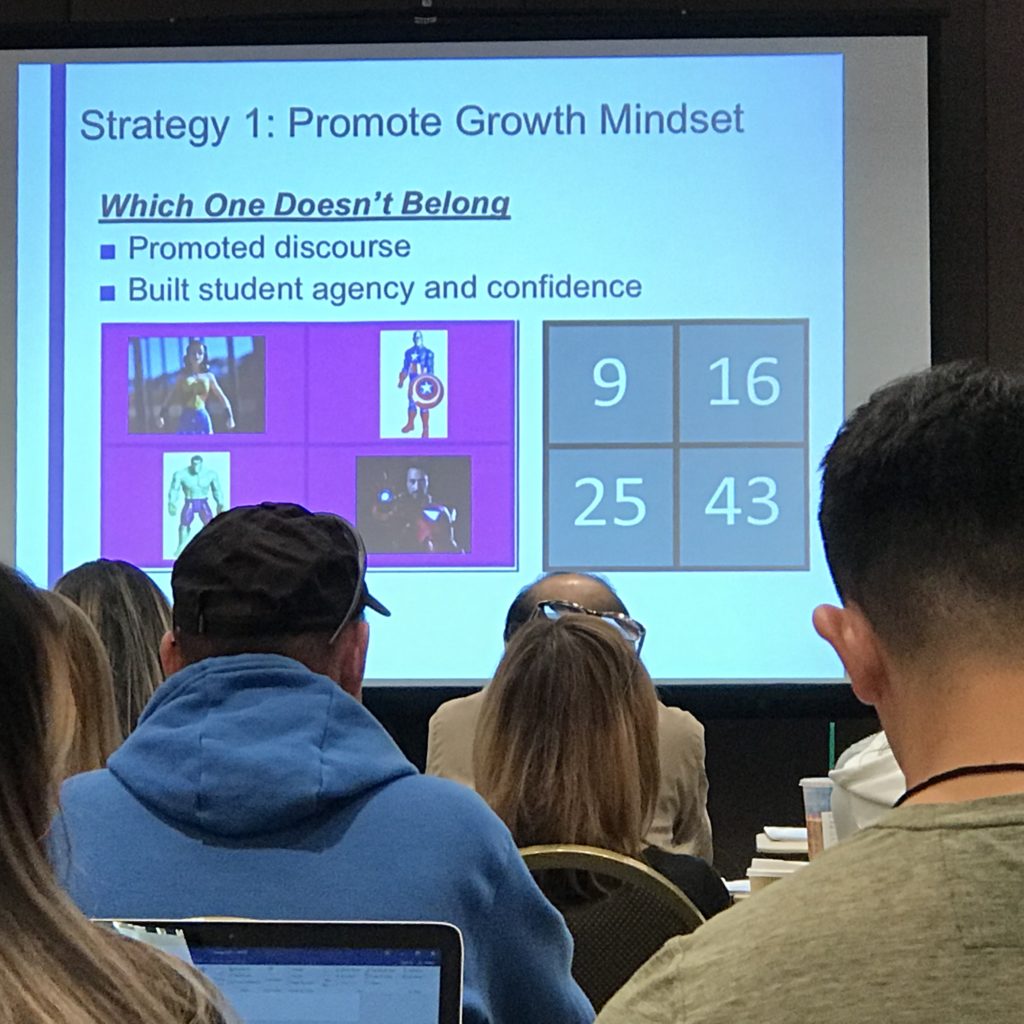
I admit the answer seemed obvious to me—until I spoke with the man next to me and he had a totally different answer. In fact, our whole table had different answers which in turn spurred me to look at my own thinking and start being a little more creative. There is an entire website devoted to these picture https://wodb.ca/.
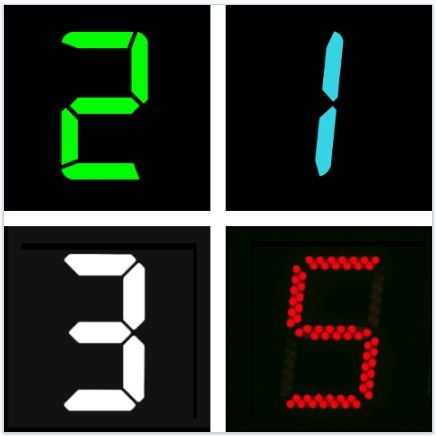
I thought this one was easy. Obviously, 1 does not belong because it is not a prime number. And 1 doesn’t belong because it is the only number made up from only 2 parts. The man to the left said 2 doesn’t belong– because the other three numbers represent the U.S. flag. As I walked around the room, there were as many answers as attendees. Which pointed out to me that when I get an obvious answer, I stop thinking. Like my students.
What Do You Notice

This was another image that was shown from the game “Prime Climb”. Students were asked “What do you notice” for their warm-up. As usual, I was a little slower to catch on, but I did see the pattern eventually.
I also attended a session on raising test scores with Ivan Cheng and Angela Morfin. That was at least my intention, but the session was about more than test scores. The schools 28% raise in test scores over two years was not their intended goal, it was a by-product of other changes in the mathematics instruction.
Raising Test Scores
This session also used Which One Doesn’t Belong as warm-ups. Working with mathematics professors from California State University at Northridge, they changed their curriculum (threw out the book, threw out the pacing guide). The school abandoned the idea of students repeating Algebra 1 if they failed and made Geometry the 9th grade class.
Stop Punishing Students
Not only were the students who failed Algebra 1 the first time placed in Algebra 2, there were statistics given to demonstrate there was little different in the test scores in Algebra 2 between those who had passed Algebra 1 and those who had not.
Tailoring Resources to Student Needs
The teachers developed their own materials based on what their students needed to know to be successful. The materials were not skill based but explorations of a concept. The picture below is one of the activities developed by the math department and shared with attendees.
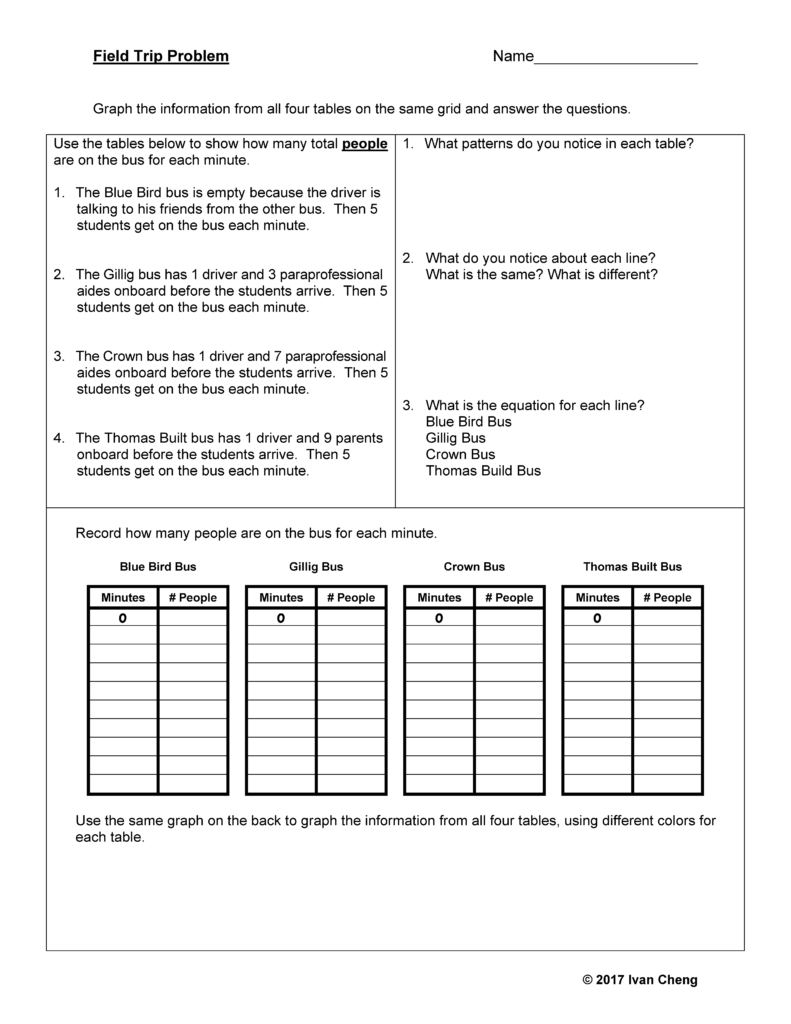
Inspiring Teachers
I also attended a lunch and session with educator Tim Kanold and sessions with Jo Boaler. Both were inspirational and both had recent books. So if you are looking to add to your library, here are two good choices.
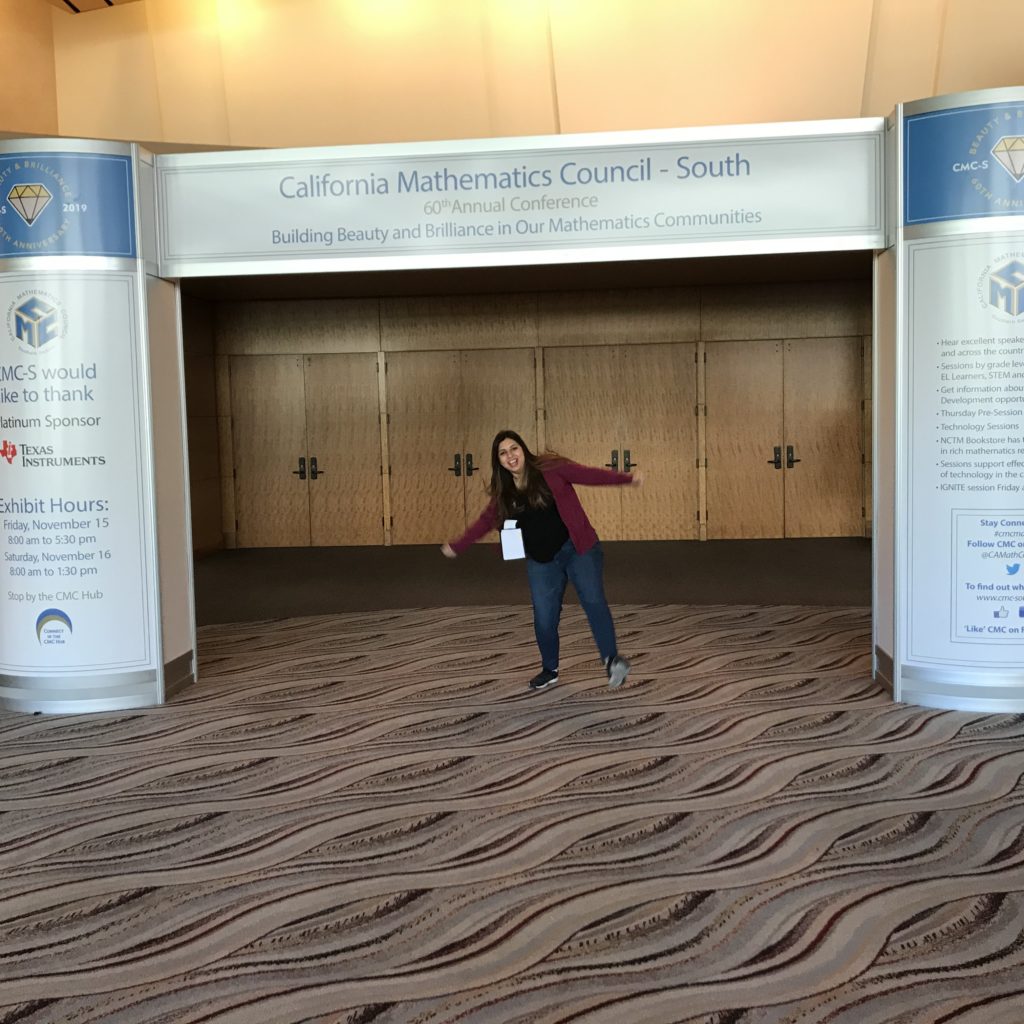
Free Trial at Get More Math
In the vendor mall, my friend and I attended a presentation by Get More Math, received a free trial for the rest of the year. Their focus is to build spiral reviews into each new content lesson online. No two students get the same question, they are similar so they can help each other but not with the answers. I have used it already and am looking forward to trying it for the rest of the year to document it’s effectiveness. It is also how I will be reviewing for our first semester final.
Pancake Central
And finally, no visit to Palm Springs would be complete without a visit to the famous Elmer’s. They have the best pancakes ever. Actually all their food is great, but I usually get breakfast. Next year will be the 60th year in this location and while you eat, you view photos of celebrities they have served over the years.
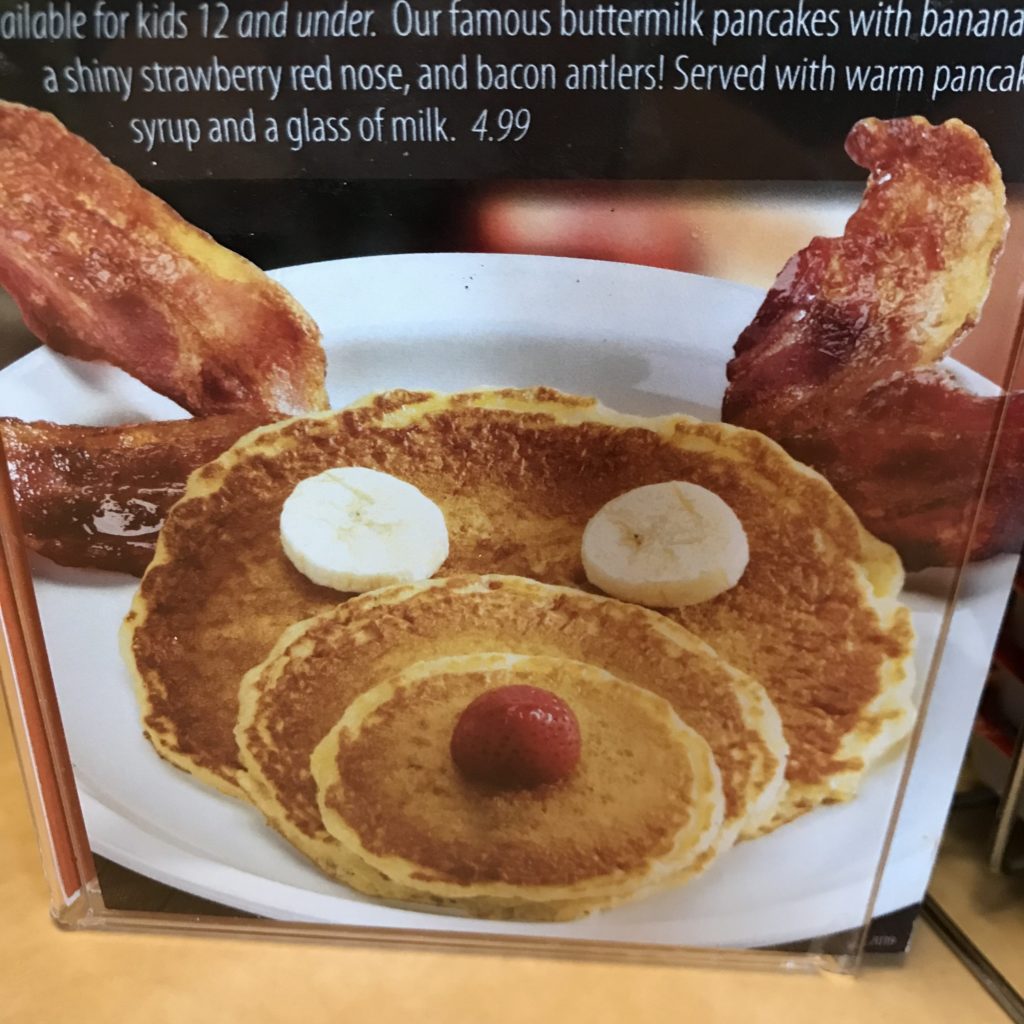
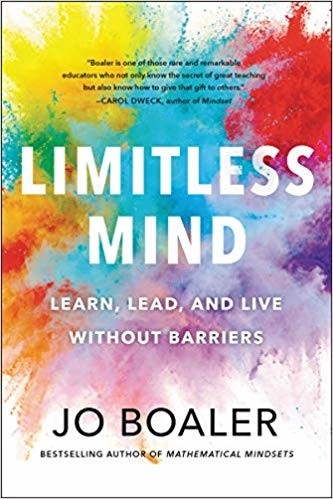
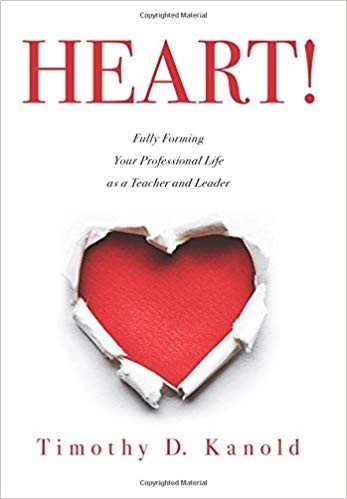
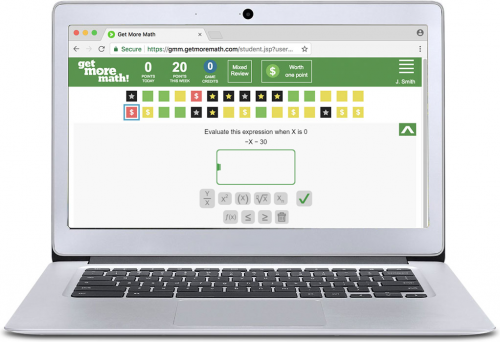










Leave a Reply